The common method of measuring flow through an open channel is to measure the height or HEAD of the liquid as it passes over an obstruction (a flume or weir) in the channel.
Using ultrasonic level technology, Open channel flow meters include a non-contacting sensor mounted above the flume or weir.
By measuring the time from transmission of an ultrasonic pulse to receipt of an echo, the water level or “Head” is accurately measured.
Open Channel Flow Measurement
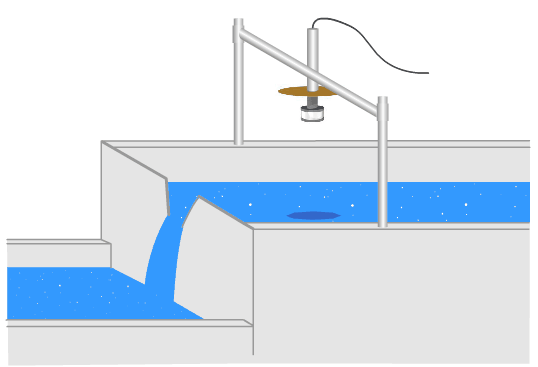
Animation Credits: greyline
Flumes and weirs are specially designed channel shapes that characterize the flow of water.
Common types are
- Rectangular Weirs,
- V-Notch Weirs,
- Parshall flumes and
- Palmer Bowlus flumes.
The choice of flume or weir type depends on the application: flow rate, channel shape, and solids content of the water.
If you liked this article, then please subscribe to our YouTube Channel for Instrumentation, Electrical, PLC, and SCADA video tutorials.
You can also follow us on Facebook and Twitter to receive daily updates.
Read Next:
- Instrument Tube Bending
- Flow Meter Installation Guide
- Temperature Sensor Accessories
- How Weigh Feeder Works?
- Valve Materials Comparison
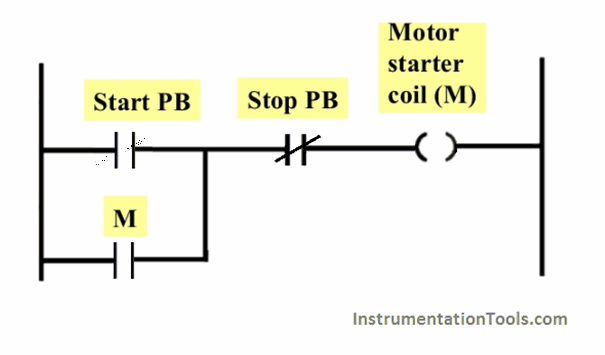

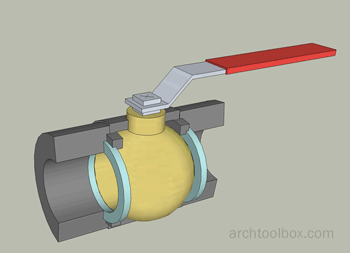
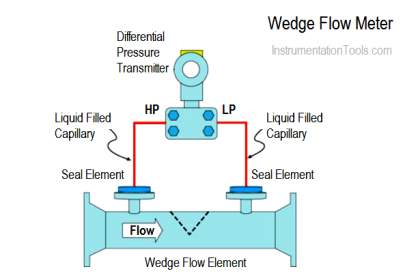
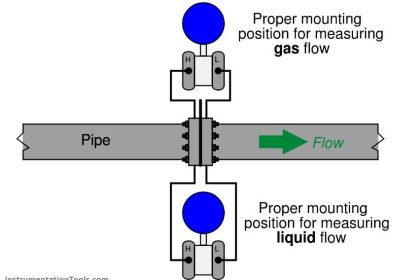
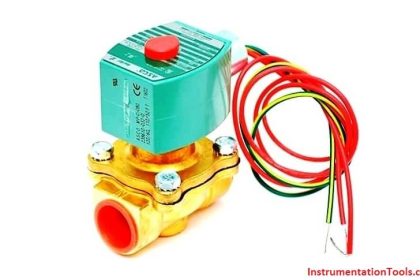
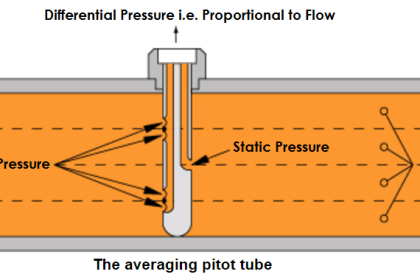
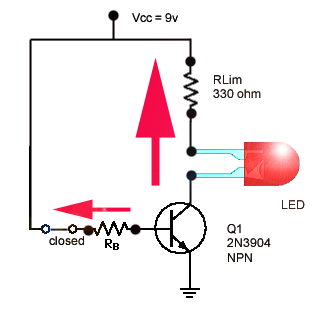
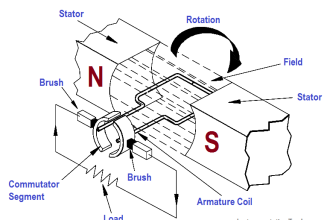
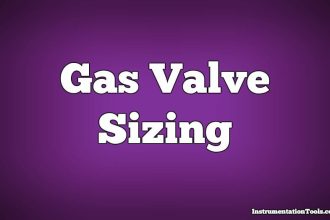
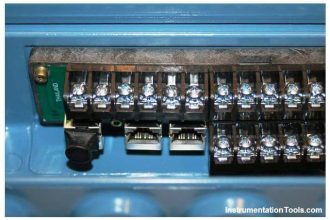


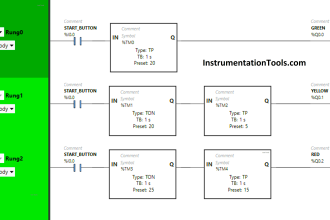
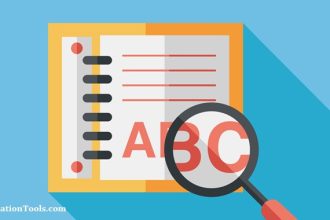
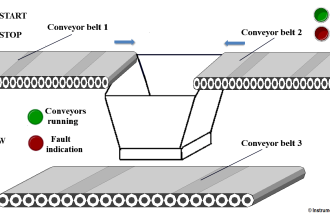

how to calculate open channel flow from parshall flume data ?
Normally in power plant, this type of arrangement is installed. River/reservoir water coming to plant is measured.
Flow measurement through parshall flume depends on flume geometry (e.g converging, diverging and throat section : height, slop and length)
Q = C*H^n
Where
Q is flow rate
C is the free-flow coefficient
H is the head at throat section
n varies with flume size
Good day! We are working on a project study that will prove Bernoulli’s Principle. Do we need to place two ultrasonic level sensors before and after it passes the weir? Where is the right place of the sensor for the second weir?
Many thanks for this valuable information 👍